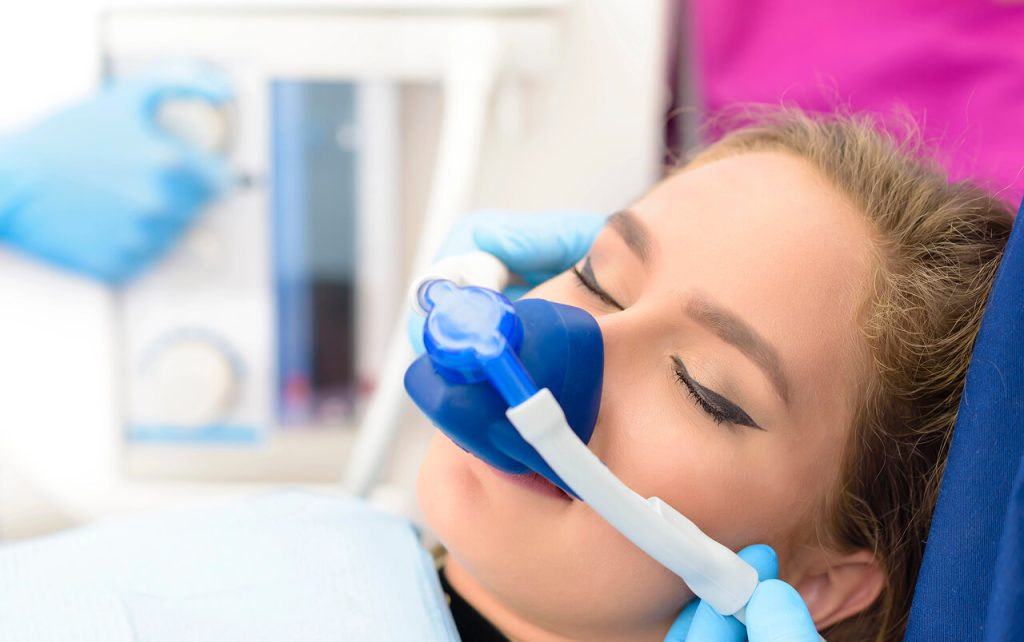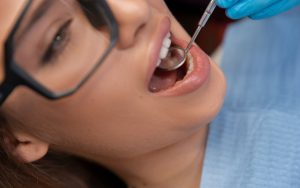For many, the fear of dental procedures is not just about discomfort—it’s the anticipation of pain, anxiety, and loss of control. Nitrous oxide, commonly known as laughing gas, has long been a trusted solution for making dental visits more manageable. But how much do we really know about its effects? While it’s widely used for sedation, there are still lingering questions about its true pain-relieving capabilities, safety, and long-term impact on patients. Is nitrous oxide merely a relaxation aid, or does it genuinely alter pain perception? In this article, we’ll uncover the science behind nitrous oxide, its benefits, potential risks, and whether it truly lives up to its reputation as dentistry’s go-to sedative.
What Is Nitrous Oxide? Understanding the Basics
Nitrous oxide (N₂O) is more than just “laughing gas” used in dental offices—it’s a colorless, odorless compound with unique properties that make it invaluable in sedation dentistry. Unlike general anesthesia, nitrous oxide doesn’t render patients unconscious. Instead, it interacts with the nervous system by modulating pain perception and inducing a sense of calm without suppressing vital functions like breathing or consciousness.
Historically, nitrous oxide was discovered in the late 18th century and quickly gained popularity for its anesthetic properties. Dentists soon recognized its ability to reduce both pain and anxiety, making it a staple in modern dental care. Its effectiveness lies in its rapid absorption and elimination—patients can feel its effects within minutes, yet return to normal almost immediately after the procedure. This fast recovery time makes nitrous oxide one of the safest and most convenient sedation options available today.
How Nitrous Oxide Works for Pain and Anxiety Relief
Nitrous oxide affects the body in a unique way, altering both pain perception and emotional response. When inhaled, it rapidly enters the bloodstream and interacts with the central nervous system, targeting neurotransmitters like gamma-aminobutyric acid (GABA) and opioid receptors. This dual effect not only reduces sensitivity to pain but also produces a euphoric, calming sensation that helps patients feel at ease.
Unlike deeper forms of sedation, nitrous oxide does not shut down consciousness or require recovery time. It slows the body’s reaction to discomfort while maintaining awareness, allowing patients to respond to a dentist’s instructions. The controlled mixture of nitrous oxide and oxygen ensures a safe balance—preventing over-sedation while still providing relaxation. Interestingly, studies suggest nitrous oxide may also suppress the brain’s fear response, making it particularly effective for those with severe dental anxiety or phobia.
Is Nitrous Oxide Safe for Dental Procedures?
Nitrous oxide is considered one of the safest sedation methods in dentistry due to its precise administration and rapid reversibility. Unlike IV sedation or general anesthesia, it does not depress respiratory or cardiovascular function, making it a preferred choice for both children and adults. Since the gas is mixed with oxygen, the risk of hypoxia (oxygen deprivation) is minimal when properly monitored.
Additionally, nitrous oxide does not linger in the body—it is expelled through normal breathing within minutes after the mask is removed. However, certain patients, such as those in the first trimester of pregnancy or with specific respiratory conditions, may need to explore alternative sedation options.
The Benefits of Nitrous Oxide Sedation in Dentistry
Nitrous oxide is widely used in dentistry because it offers a range of advantages for both patients and practitioners. Its versatility makes it ideal for routine cleanings, complex procedures, and anxiety management. Here’s why it stands out:
- Rapid Onset and Recovery – The effects of nitrous oxide begin within minutes of inhalation and wear off quickly once the gas is discontinued, allowing patients to resume normal activities almost immediately.
- Anxiety and Fear Reduction – Nitrous oxide calms the nervous system, making it an excellent option for patients with dental phobias, high anxiety, or past traumatic experiences.
- Adjustable Sedation Levels – Dentists can easily control the concentration of nitrous oxide in real time, ensuring the patient receives just the right amount for comfort without unnecessary over-sedation.
- No Lasting Grogginess – Unlike other forms of sedation, nitrous oxide does not leave patients feeling drowsy for hours, making it safe for those who need to drive after their appointment.
- Minimal Side Effects – Most patients tolerate nitrous oxide well, with rare side effects that typically fade as soon as normal oxygen levels are restored.
- Safe for All Ages – With proper administration, nitrous oxide is a sedation method that can be safely used for both children and adults, helping to create a stress-free dental experience.
- Reduces Gag Reflex – By relaxing the throat muscles, nitrous oxide can help patients with sensitive gag reflexes undergo treatment more comfortably.
Nitrous Oxide vs. Other Dental Sedation Options
Nitrous oxide stands out from other sedation methods due to its rapid onset, adjustable dosage, and quick recovery time. Unlike oral sedation, which requires patients to take medication in advance and may cause prolonged drowsiness, nitrous oxide takes effect within minutes and wears off almost immediately after the procedure.
Compared to IV sedation, nitrous oxide is less invasive and does not require needle administration, making it a preferred choice for patients with needle anxiety. While general anesthesia renders patients fully unconscious, nitrous oxide keeps them awake but relaxed, allowing for cooperation during treatment. Its ability to provide a mild yet effective sedative effect makes it the most practical option for routine dental procedures and anxious patients.
The Future of Nitrous Oxide in Dentistry
As dental technology advances, nitrous oxide remains a cornerstone of sedation dentistry, but its application continues to evolve. Research is focusing on optimizing gas delivery systems to enhance patient comfort and safety while reducing environmental impact. Innovations such as digital flow meters and closed-loop sedation systems are improving precision in dosage control, ensuring even greater safety for patients.
Additionally, with the increasing emphasis on patient-centered care, dental practices are integrating nitrous oxide with other relaxation techniques, such as guided breathing and virtual reality, to create a more immersive and anxiety-free experience. As sedation dentistry continues to advance, nitrous oxide is expected to remain a key player, offering a reliable and adaptable solution for pain and anxiety management in dental care.
In Conclusion
Nitrous oxide remains one of the safest and most effective sedation methods in modern dentistry. Its ability to ease anxiety, minimize discomfort, and provide a stress-free experience makes it an excellent choice for patients of all ages. With rapid onset and quick recovery, it allows you to feel at ease during treatment without lingering drowsiness. Whether you’re nervous about a routine cleaning or a more complex procedure, nitrous oxide can help you stay comfortable and relaxed.
If you’re interested in pain-free, anxiety-free dental care, visit High Desert Dental or call us at (505) 888-2606 to schedule your appointment today!





